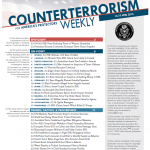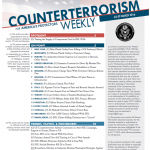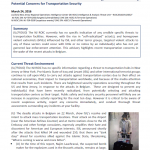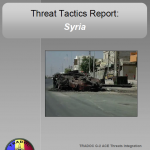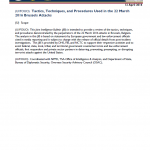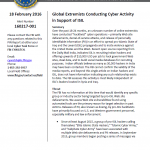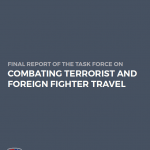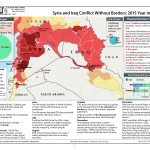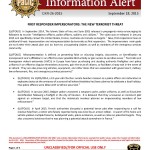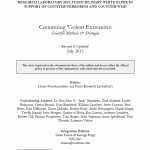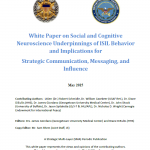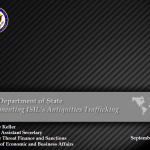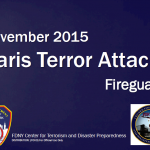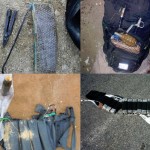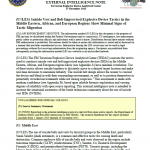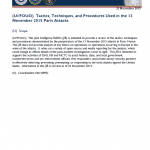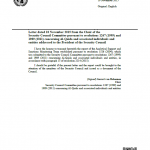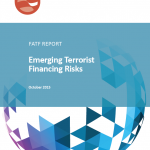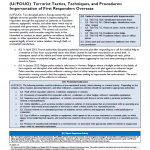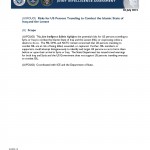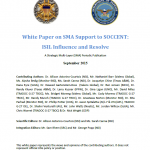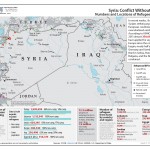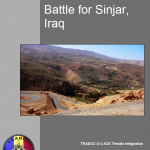
This Tactical Action Report (TAR) provides information on the capture and subsequent recapture of Sinjar, a town at the foot of the Sinjar Mountains. The Nineveh Offensive, of which Sinjar was a key target, led to the capture of a large part of northern Iraq and included the occupation of Mosul. ISIL pushed Peshmerga forces from the area and threatened Erbil, the government seat of the KRG in 2014. A growing humanitarian crisis developed as ISIL began purging villages in the Sinjar area of the minority group known as Yazidis. Thousands were killed, kidnapped, or forced to flee their homes. Many Yazidis retreated to the Sinjar Mountains where they were besieged by ISIL fighters. These circumstances led to President Barack Obama ordering air strikes to protect Erbil, where US military advisors were headquartered, and to relieve the displaced Yazidi civilians. Over a year later Peshmerga fighters, with the help of other Kurdish factions, pushed ISIL forces out of Sinjar and other surrounding areas and severed a key supply route connecting ISIL-held Raqqa, Syria, with Mosul, Iraq.
Read more →
